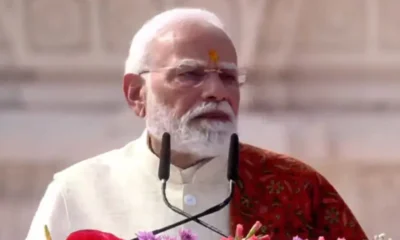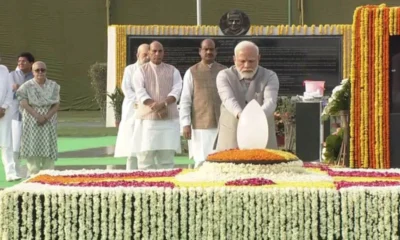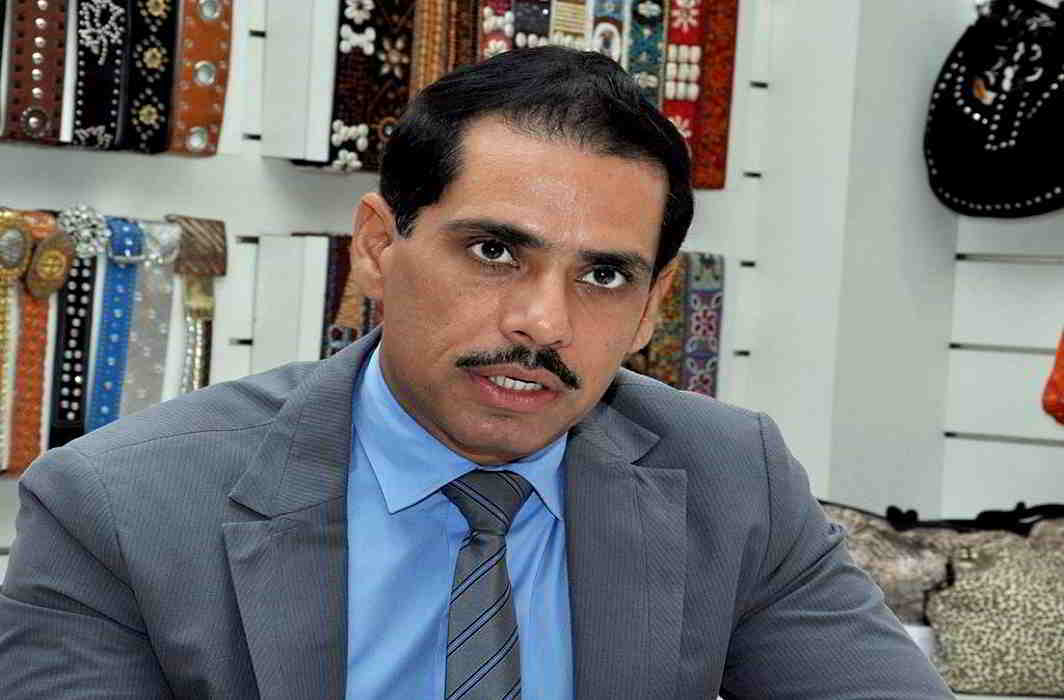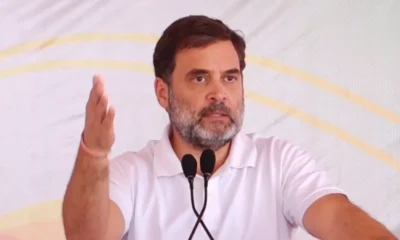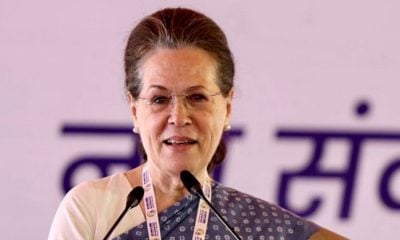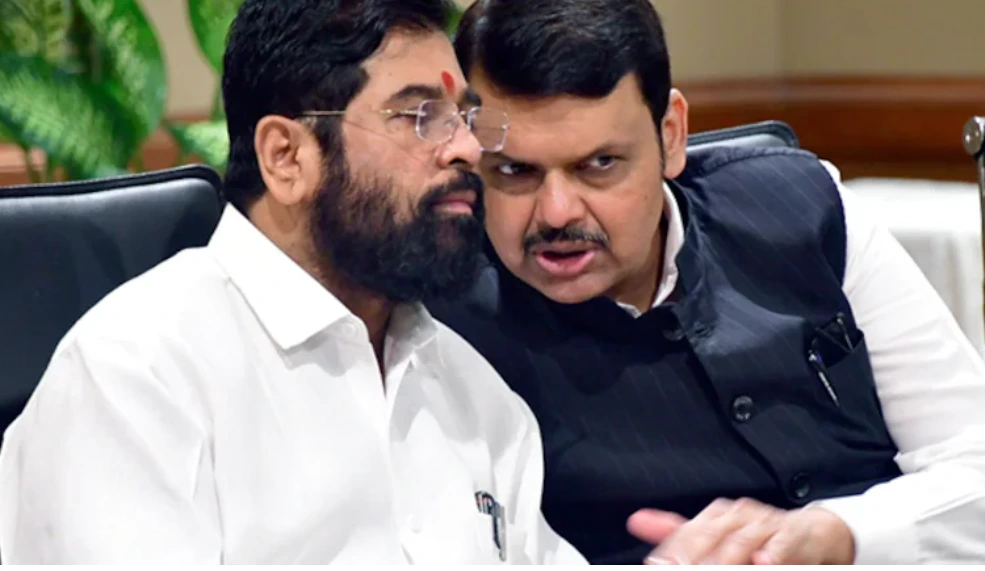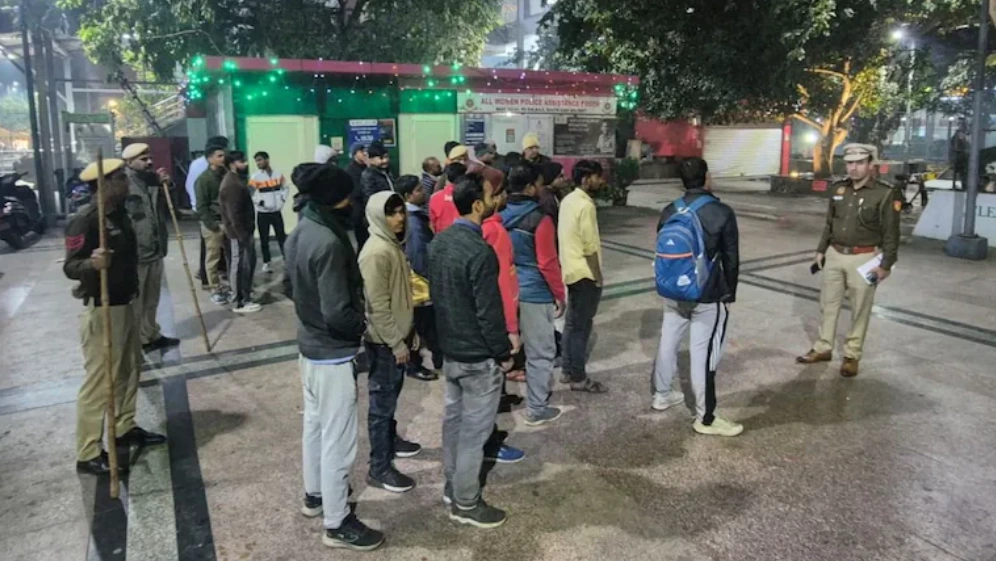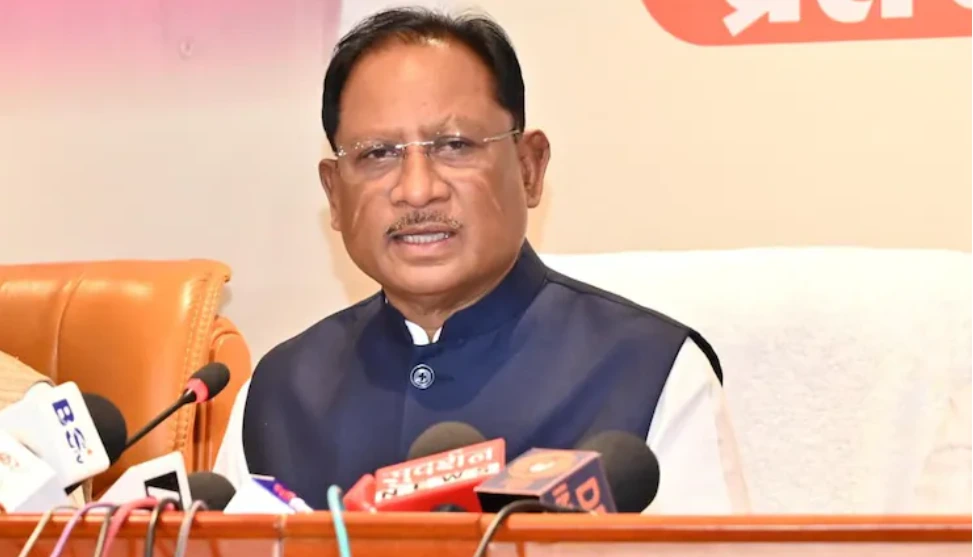India News
Harder to copy: Congress shares Manmohan Singh pictures holding press conference in flight after PM Modi’s photo
Few minutes after tweeting Singh’s photo of holding press conference in flight, the tweeple were asking the Congress whether the party used to take so many journalists on former prime minister’s foreign tours on taxpayers’ money.
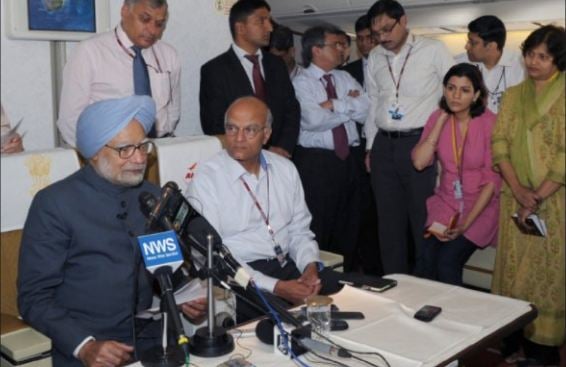
India News
BJP and Shiv Sena reach broad seat-sharing deal ahead of BMC elections
BJP and Shiv Sena are close to finalising seat-sharing for 200 wards ahead of the BMC elections, while opposition parties intensify alliance talks across Maharashtra.
India News
Op Aaghat 3.0: Delhi police arrest over 280 accused ahead of New Year celebrations
Delhi police arrested over 280 accused and detained more than 1,300 individuals under Operation Aaghat 3.0 ahead of New Year, seizing weapons, drugs, liquor and stolen items.
India News
Over 2,000 Maoists surrender under Chhattisgarh rehabilitation policy, says CM Vishnu Deo Sai
Chhattisgarh Chief Minister Vishnu Deo Sai said more than 2,000 Maoists have surrendered under the state’s rehabilitation policy, which offers skill training, financial assistance and land support.
-
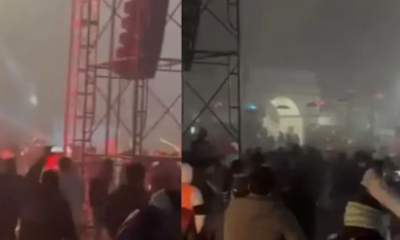
 India News24 hours ago
India News24 hours agoBangladeshi singer James’ concert cancelled after mob attack in Faridpur
-
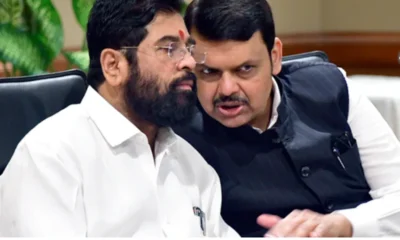
 India News21 hours ago
India News21 hours agoBJP and Shiv Sena reach broad seat-sharing deal ahead of BMC elections
-
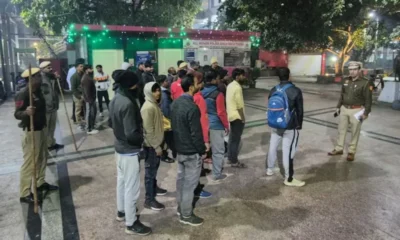
 India News23 hours ago
India News23 hours agoOp Aaghat 3.0: Delhi police arrest over 280 accused ahead of New Year celebrations
-
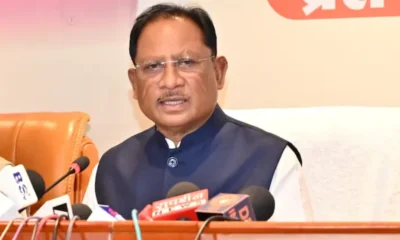
 India News24 hours ago
India News24 hours agoOver 2,000 Maoists surrender under Chhattisgarh rehabilitation policy, says CM Vishnu Deo Sai

